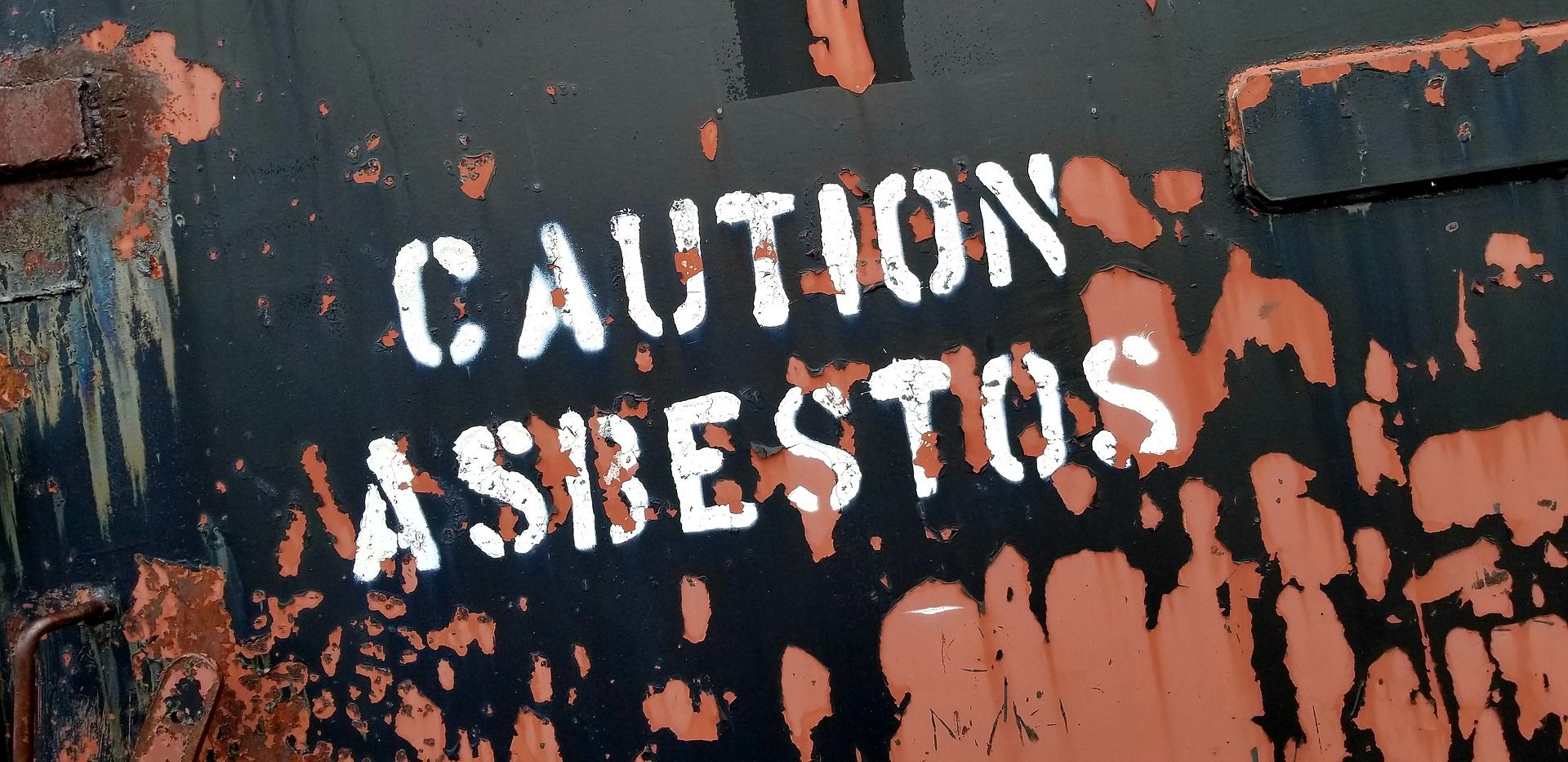Fire damage cleanup is a complicated process in part because it’s challenging for victims to know what to do. After firefighters have quelled the flames it’s important not to enter the building unless the fire department gives you the go ahead, otherwise, you could get hurt.
When you enter your home, you’ll find the fire department may have cut holes in your roof and busted your windows. They’ve done so for ventilation and to help get rid of the dark smoke, so firemen could extinguish the flames. You may be surprised by this and you may think they’ve caused greater damage than necessary. They’ve done so to fight the fire faster. You may have noticed they cut holes in the walls, too. That’s so they can ensure the fire wasn’t still lingering behind the walls. You’ll notice everything will be waterlogged from extinguishing it.
Here’s more tips and tricks on restoration companies don’t want you to know.
You may notice that your water, electricity, and gas have been shut off by the fire department. If this happens it’s for your protection and it’s unwise to try to turn them back on yourself.
Once you step inside, you may feel an array of emotions including hopelessness, shock, and depression. It’s okay to express your emotions in a healthy manner and know that it’s important to make small, daily decisions to begin to feel more in control of your life. You will feel traumatized. You will feel exhausted. It’s important to give yourself time to grieve your loss and emotionally there is no way to force the healing process to go quickly.
Emergency Contact is the First Step of the Fire Damage Clean Up Process
The first small decision you’ll need to make is to call your insurance company.
You’ll need to provide them with the following information:
Date, time and location of the fire
VIN numbers for damaged automobiles
Name, address and phone number of the responding fire department
Fire incident report number and fire marshal name
Contacting your insurance company is the first step you’ll need to take to start the fire damage clean up process.
Ask your insurance company how they can help with your immediate needs. Most likely your insurance company will give you the names and numbers of preferred providers for the fire damage cleanup. It’s important to decide to call the fire damage cleanup company right away because you only have 72 hours before the soot leaves a permanent mark behind.
Fire Damage Clean Up Requires Assessment
Once you contact your insurance provider, a fire damage cleanup specialist will be dispatched to your residence.
When these specialists enter, they’ll look at the soot, and determine what can be salvaged and what needs to be demolished and replaced. The specialist will assess the damage and develop a plan to restore your home to its pre-loss condition.
BTW; use the attorney general to save money on your fire damage restoration!
Your Property Will be Tarped and Sealed During the Fire Damage Clean Up Process
When the fire damage cleanup teams arrive first to arrive, the crew will board up and tarp your property to stabilize your home and protect it from further damage. This prevents the problem from becoming worse.
Then, the fire damage cleanup teams will extract the water leftover from the firefighters.
The team will then pre-clean the fire-damaged areas to stop the chemical reaction caused by the fire which can continue to damage your property.
Items that can be restored will be cleaned with ultrasonic technology and items that can’t be cleaned will be replaced by the insurance company.
Many of your items including ones that have met biohazards and items caked in heavy soot can be restored.
Fire Damage Clean Up Requires Repair and Renovation
After the initial flurry of activity where fire damage cleanup professionals tarp and seal your property, you may notice a lag in activity. That’s because your insurance company dictates how repairs will be handled and include what won’t be covered.
Compleat Restorations’ team of fire damage cleanup professionals will determine what is necessary to return your property to the condition it was in before the fire happened.


